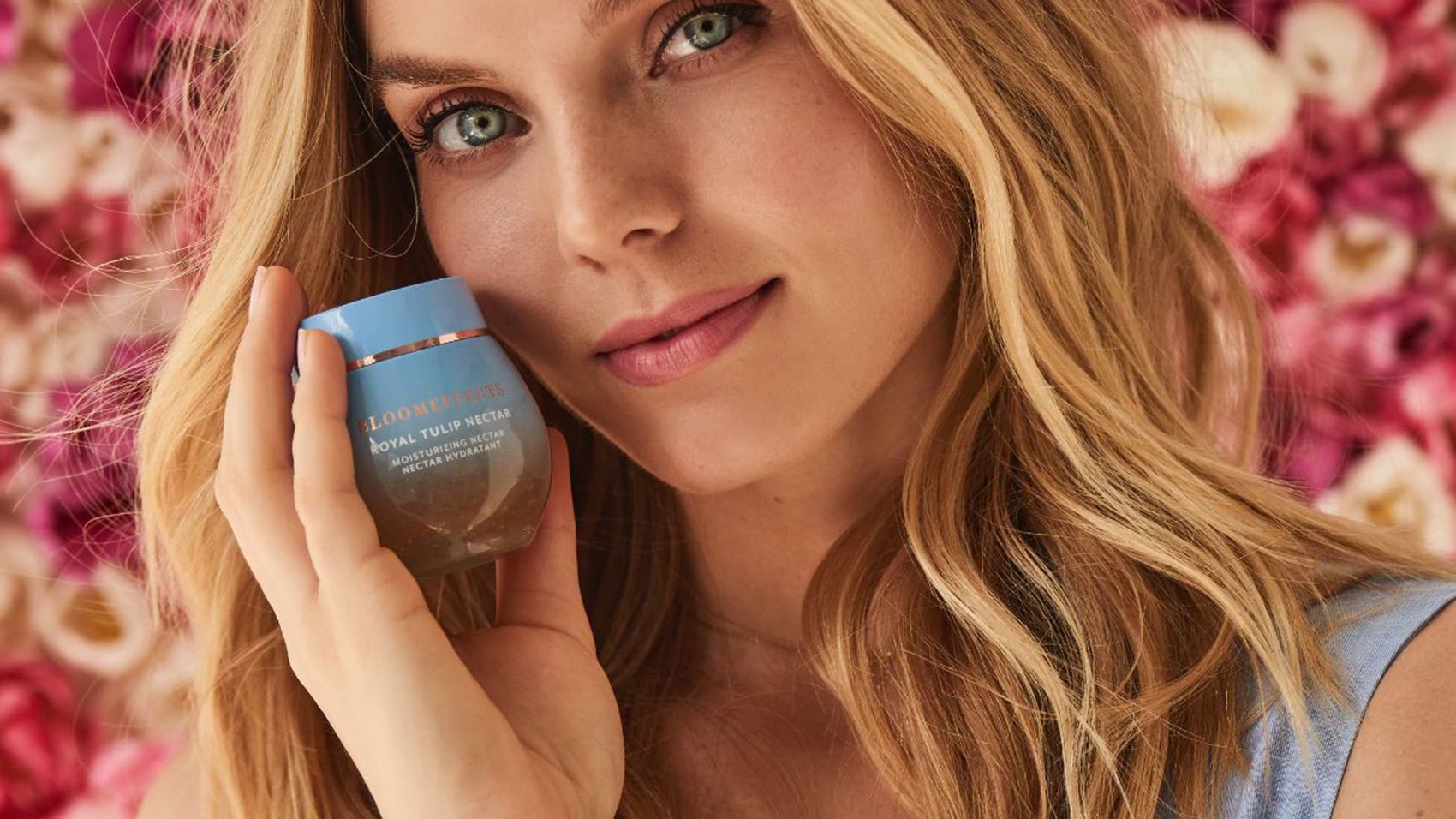In an industry where aesthetics reign supreme, beauty brands continually evolve to meet the shifting demands of consumers. Today’s beauty landscape is shaped by an increased focus on inclusivity, sustainability, and technological innovation. From skincare to cosmetics, brands are redefining what it means to be beautiful, driven by a blend of traditional craftsmanship and cutting-edge science.

The Rise of Inclusivity: A Beauty Revolution
Inclusivity in beauty has moved beyond being a mere trend; it is now a fundamental principle. This shift has prompted brands to embrace diversity in their product lines, marketing, and overall brand philosophy.
Expanding Shade Ranges
One of the most significant strides in beauty has been the expansion of shade ranges. Brands like Fenty Beauty, launched by Rihanna in 2017, set a new standard by offering 40 foundation shades that cater to a wide spectrum of skin tones. This move not only challenged the status quo but also highlighted the demand for products that cater to all individuals, regardless of their complexion.
Embracing Diverse Narratives
Beyond product offerings, beauty brands are increasingly featuring diverse faces and stories in their campaigns. Companies like Glossier and Rare Beauty have embraced real, unfiltered beauty, showcasing models of different ages, ethnicities, and body types. This approach resonates with consumers who seek authenticity and representation in the brands they support.
Sustainability: The New Luxury in Beauty
As consumers become more environmentally conscious, sustainability has emerged as a key differentiator in the beauty industry. Brands are now prioritizing eco-friendly practices, from sourcing ingredients to packaging.
Ethical Sourcing and Natural Ingredients
Ethical sourcing of ingredients is a growing concern among beauty brands. Lush, for example, is known for its commitment to using ethically sourced, natural ingredients. The brand’s transparency about where and how its ingredients are obtained has garnered consumer trust. Similarly, brands like Tata Harper and Herbivore Botanicals emphasize the use of natural, organic ingredients, steering clear of harmful chemicals and synthetic additives.
Eco-Friendly Packaging and Zero-Waste Initiatives
Packaging is another area where sustainability is making waves. Brands are exploring innovative solutions such as refillable packaging, biodegradable materials, and minimalistic designs to reduce their environmental impact. Aveda, for instance, has pioneered the use of 100% post-consumer recycled materials for its packaging. Additionally, the zero-waste movement is gaining momentum, with companies like Ethique leading the charge with solid beauty bars that eliminate the need for plastic bottles.
The Intersection of Beauty and Technology
Technology is playing an increasingly pivotal role in the beauty industry, from product development to consumer engagement. The integration of artificial intelligence (AI), augmented reality (AR), and personalized beauty routines is transforming how consumers interact with beauty brands.
AI and Personalized Skincare
AI-powered tools are revolutionizing skincare by offering personalized solutions tailored to individual needs. Brands like Proven Skincare utilize AI to analyze skin data and recommend customized products. This approach not only enhances the efficacy of skincare routines but also empowers consumers to make informed decisions about their skin health.
Augmented Reality and Virtual Try-Ons
Augmented reality is reshaping the shopping experience by allowing consumers to virtually try on makeup products before purchasing. Brands like Sephora and L’Oréal have integrated AR into their apps, enabling users to see how different shades of lipstick, eyeshadow, or foundation will look on their skin in real time. This technology bridges the gap between online and in-store shopping, offering a seamless and interactive experience.
The Emergence of Indie Beauty Brands
While established beauty giants continue to dominate the market, indie beauty brands are carving out a significant niche. These smaller, often independently-owned brands are known for their innovative formulations, niche appeal, and strong community engagement.
Niche Appeal and Innovation
Indie brands often cater to specific consumer needs that larger companies may overlook. For example, Drunk Elephant focuses on clean, biocompatible skincare that omits the “Suspicious 6″—ingredients the brand deems potentially harmful. Similarly, Beauty Bakerie, founded by Cashmere Nicole, gained popularity for its vegan, long-lasting makeup products inspired by baking.
Building Communities and Cult Followings
Indie brands excel at building strong, loyal communities around their products. This is achieved through transparency, authenticity, and direct engagement with consumers, often via social media. Glossier, initially launched as a blog before becoming a full-fledged beauty brand, has cultivated a “skin first, makeup second” philosophy that resonates with its audience, leading to a cult-like following.
The Future of Beauty: Adaptation and Innovation
The future of beauty lies in adaptation and continuous innovation. As consumer expectations evolve, beauty brands must stay ahead of trends while remaining true to their core values.
The Role of Clean Beauty
Clean beauty, characterized by non-toxic, safe, and sustainable products, will likely continue to grow. Consumers are increasingly scrutinizing ingredient lists and demanding transparency from brands. This shift towards clean beauty is pushing the industry to innovate with formulations that are both effective and safe.
The Integration of Wellness and Beauty
The intersection of wellness and beauty is another area poised for growth. The concept of “inner beauty,” which emphasizes the role of nutrition, mental health, and overall well-being in achieving external beauty, is gaining traction. Brands that offer holistic solutions, integrating skincare with supplements or stress-reducing rituals, are likely to thrive in this landscape.
Conclusion: A Transformative Era for Beauty Brands
The beauty industry is undergoing a transformative era, shaped by the confluence of inclusivity, sustainability, technology, and innovation. As brands continue to navigate this dynamic environment, those that embrace these shifts and align with the evolving values of consumers will not only survive but also lead the way in redefining beauty for the modern world.